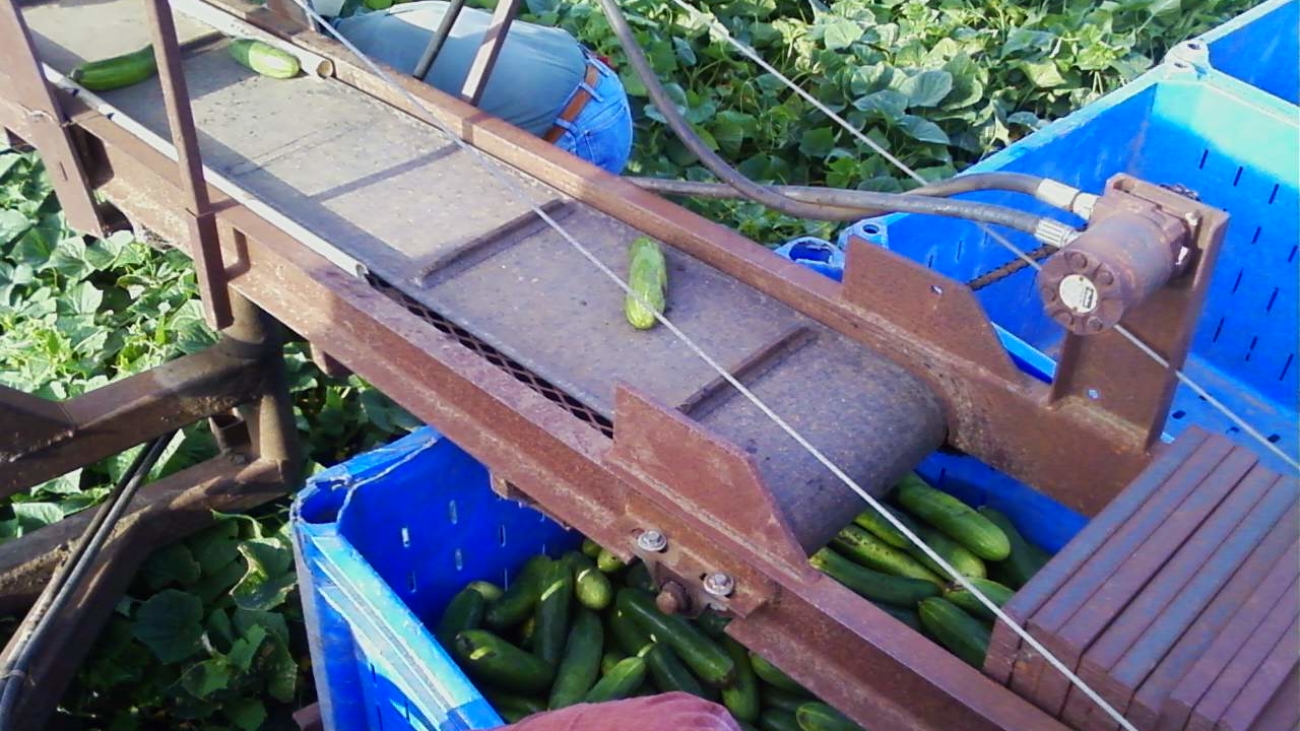Due to their name alone, many people outside of the fishing industry may assume that small fish are just that: “small fish” that almost aren’t even worth reeling in. After all in common daily speech people often refer to good deals as “big fish,” while the “small fish” aren’t seen as lucrative. However, the reality is that within the fishing industry small fish such as sardines and fish of similar size are in fact quite important and profitable.
The Uses and Role of Small Fish
The term sardine is very commonly applied to small commercial fish. However, this term is inexact and is just loosely used to refer to fish in the clupeidae family. It may refer to a variety of species of small fish. The term “pilchard” is also commonly used, especially in the United Kingdom and Europe. Regardless of the name given to them, so-called small fish serve a number of important purposes including:
- Canning
- Pickling
- Grilling
- Smoking
- Drying
- Salting
- Bait Fish
- Fish Meal
- Fish Oil
They are considered very nutritious and when they are properly prepared also quite delicious. Fish meal may be used for pet or animal food. Meanwhile, the oil produced from these little fish may also be used for a variety of purposes unrelated to consumption. Fish oil is commonly used in the manufacturing of varnish, paint, and linoleum.
Special Considerations for Cooling Small Fish
It is important to understand how small fish vary from their medium or large counterparts. For one thing due to their increased surface area and smaller weight and size they are more prone to spoiling. That is because their meat is closer to the surface with fewer layers of insulation protecting it from warmer temperatures. This makes proper small fish cooling and storing extremely important for preventing the loss associated with spoilage.
On the flip side, however, is the fact that because they are so small and have less mass, small fish cool more rapidly. They also cool more uniformly. Larger fish may experience cooling gradients with the parts of the fish exposed to the ice being cooler than parts further away from the ice. By contrast a well-packed, small fish is likely to be cooled through and through.
Planning Ahead for Best Results
As with all types of fishing trips and commercial endeavors it is wise to plan ahead for best results. A well-insulated cooler is more efficient at keeping cool air in and warm air out, potentially allowing the voyage to be successfully undertaken with less overall ice. This will also increase the amount of storage area that is available for the fish rather than the ice.
However, it is crucial to bring enough ice to keep the fish safely chilled for the duration of the trip. To do this it is necessary to consider factors such as the ambient temperature of the water – and thus also the fish – where the fish are being caught. It is also important to consider how long the vessel will be out to sea and how quickly it can make its way back to shore.
Cooling with Ice and Chilled Seawater
Most industrial fishing operations use ice, chilled seawater, or a combination of the two. Chilled seawater is effective because it is abundant, cost effective, and will thoroughly permeate the fish for better cooling. Ice is highly effective for a variety of reasons including its versatility, low-cost nature, moisture retention, convenience, safety, and more. For ice to be most effective, however, it should be able to fully surround the fish and should thus be broken into small pieces or flakes.
SEMCO/SEMCOLD LLC understands the vital role small fish play in the lives of the fishermen who catch them. We are committed to providing industry-leading cooling and storage systems that are well suited to the particular needs of each of our clients. We can customize the system to be most effective for use with small fish and to meet the capacity demands and other specifications of the particular client. Please contact for additional information.

